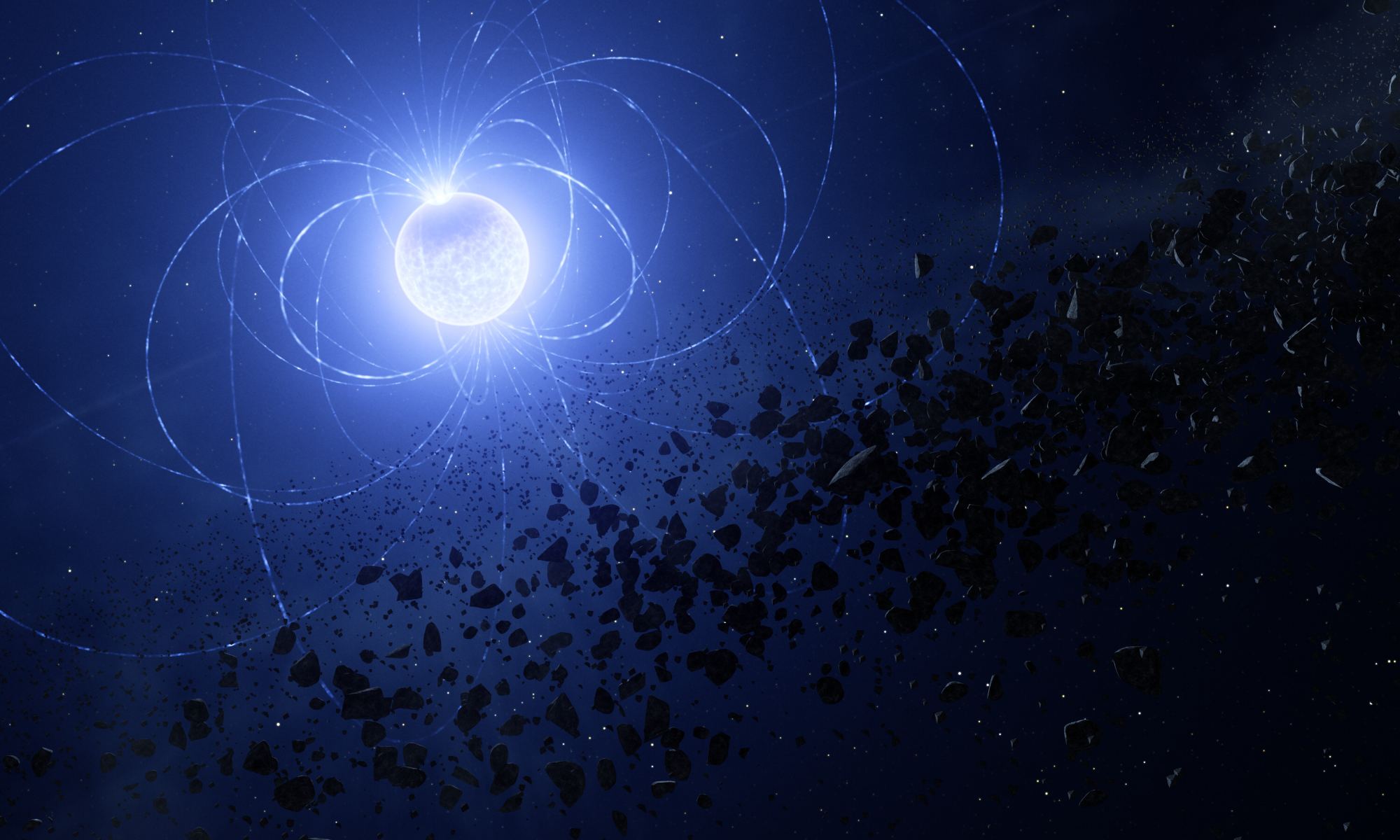Nothing is immortal. Everything has a finite existence, including the stars themselves. How a star dies depends on several factors, most importantly their mass. For the Sun, this means that in several billion years it will swell to a red giant as it churns through the last of its nuclear fuel. The core that remains will then collapse to become a white dwarf. Of course, the Sun is home to several planets, including Earth. What of their fate? What of ours? According to a recent study, the Sun’s death might consume Earth in the end.
There are three main ideas as to how planetary systems end. One is that planets can be cast off into interstellar space to become rogue planets. As a star loses its outer layers, its decreased gravitational pull may allow planets to escape their orbit. Another possibility is that planets can survive the red giant stage of a star and remain in orbit. We have found several planets orbiting white dwarfs, so we know this is a possibility. The third option is that during the red giant stage a planet is dragged down by stellar gas, spiraling ever inward until it collides with its star and is consumed. It’s this option that is the focus of the new study.
The study is based upon a white dwarf known as WD 0816-310, which is what’s known as a “polluted” white dwarf. This means its spectrum shows the presence of metallic elements that aren’t the product of the white dwarf itself. These contaminants could be caused by dust backfalling onto the white dwarf at the end of the red giant stage, or by asteroids or planets colliding with the star. Since heavier elements would tend to sink into the white dwarf and not be visible in the atmospheric spectra, the presence of these metals gives astronomers a way to study the time since accretion and look at whether it happened gradually or all at once.
In this study, the team found evidence of metallic accretion in a short geological period. What’s more, they found that the presence of metals was not evenly distributed across the star as you would expect from dust or a scattering of small asteroids. Instead, they found a localized region of metals, as a kind of metallic scar caused by a single impact. Based on their study, the team estimated that the impact was caused by an object at least as big as Vesta, which is the second largest asteroid in the solar system, with a diameter of about 500 km.
Given the diversity of exoplanetary systems, it is likely that all three scenarios can occur. We know of rogue planets, we see dead stars with exoplanets, and now we see the scars of planetary impacts upon a white dwarf. One of these fates will be Earth’s. For now, only time knows which outcome it will be.
Reference: Bagnulo, Stefano, et al. “Discovery of magnetically guided metal accretion onto a polluted white dwarf.” The Astrophysical Journal Letters 963.1 (2024): L22.

